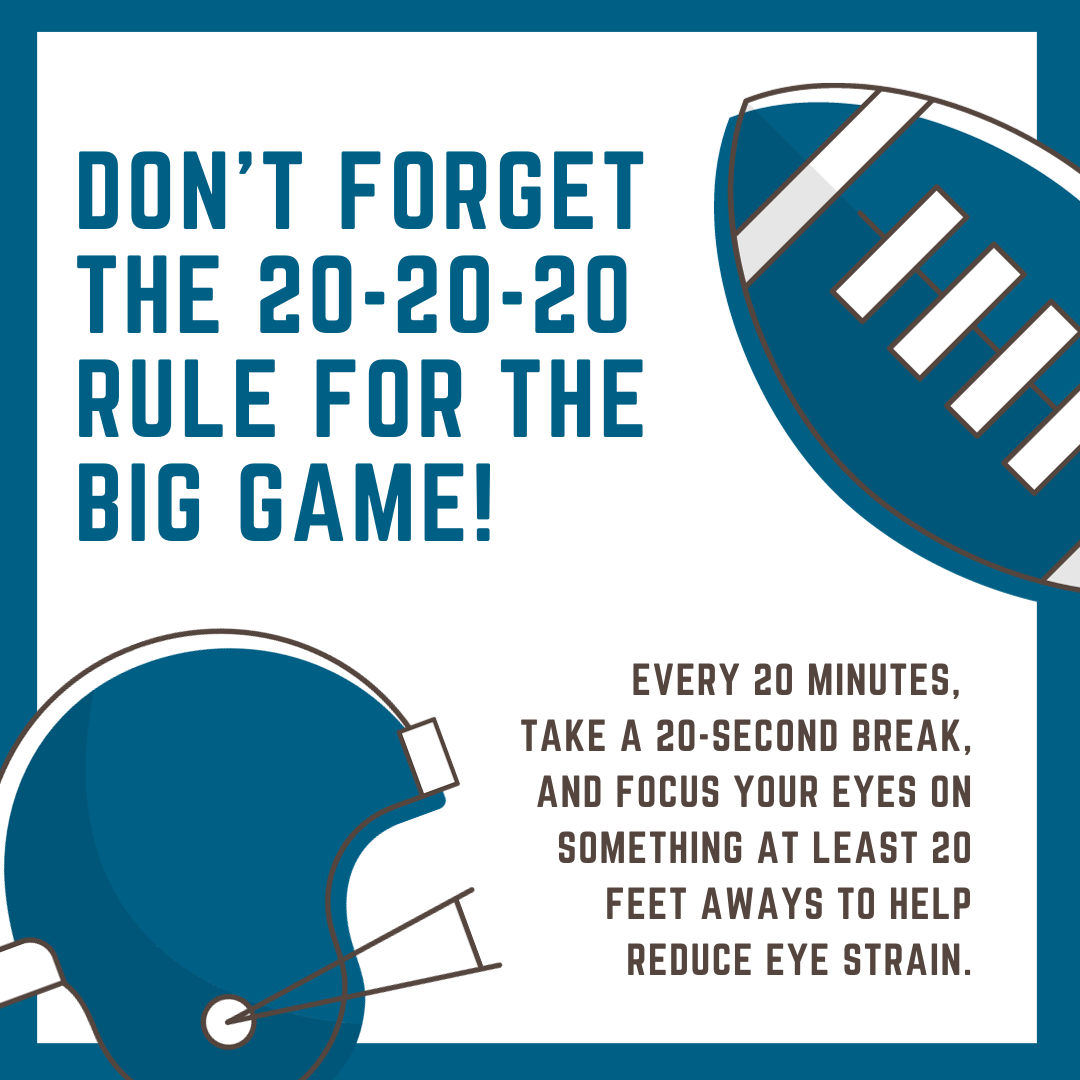Understanding and Managing Digital Eye Strain
In today’s digital age, it’s become almost impossible to avoid screens. From smartphones and tablets to laptops and desktop computers, we rely on digital devices for work, communication, and entertainment. However, this increasing screen time has brought with it a concerning side effect – digital eye strain. This condition, also known as computer vision syndrome, can cause a range of uncomfortable symptoms. The good news is you can manage and even prevent eye strain for a more comfortable and healthier digital experience.

Digital eye strain is a condition that occurs when you spend extended periods of time staring at screens, such as computer monitors, smartphones, and televisions.
Symptoms of Digital Eye Strain
- Eye Discomfort: You might experience dryness, irritation, or a burning sensation in your eyes.
- Blurred Vision: You may notice that your vision becomes blurry or hazy during or after screen use.
- Headaches: Frequent headaches are a common symptom, often located around the temples or forehead.
- Neck and Shoulder Pain: Poor posture while using digital devices can lead to discomfort in the neck and shoulder area.
- Difficulty Focusing: You might find it challenging to maintain focus on a screen or switch between distances.
- Sensitivity to Light: Screens emit blue light, which can increase light sensitivity and discomfort.
Causes of Digital Eye Strain
- Blue Light: The blue light emitted by screens can disrupt your circadian rhythm, leading to difficulty falling asleep.
- Screen Glare: Ambient lighting and screen reflections can create glare on the screen, forcing your eyes to work harder.
- Proximity and Viewing Angle: Holding devices too close to your eyes or at an uncomfortable angle can lead to eye strain and discomfort.
- Blinking Less: When we stare at screens, we tend to blink less frequently, which can lead to dry eyes and discomfort.
- Screen Time: The longer you spend in front of a screen without breaks, the higher the risk of developing digital eye strain.

Tips for Preventing and Managing Digital Eye Strain
- Follow the 20-20-20 Rule: Every 20 minutes, take a 20-second break, and focus your eyes on something at least 20 feet away. This helps reduce eye strain.
- Proper Lighting: Ensure that your workspace is well-lit, and minimize screen glare by positioning your screen correctly.
- Adjust Display Settings: Modify screen brightness, contrast, and font size to make the text as comfortable to read as possible.
- Ergonomic Workspace: Set up an ergonomic workspace, including an adjustable chair and monitor height to reduce strain on your neck and shoulders.
- Blink Regularly: Make a conscious effort to blink more often to keep your eyes moist.
- Regular Eye Exams: Visit your eye doctor for regular check-ups to ensure your eyes are healthy.
- Computer Glasses: Consider using computer glasses with blue light filtering or anti-reflective coatings to reduce eye strain.
Digital eye strain is a common issue in today’s screen-centric world. It can affect anyone spending long hours in front of screens, from students to professionals. However, with the right precautions and adjustments, you can significantly reduce its impact on your daily life. Remember that it’s essential to prioritize your eye health and take steps to minimize digital eye strain to lead a happier, healthier, and more connected life in the digital age.